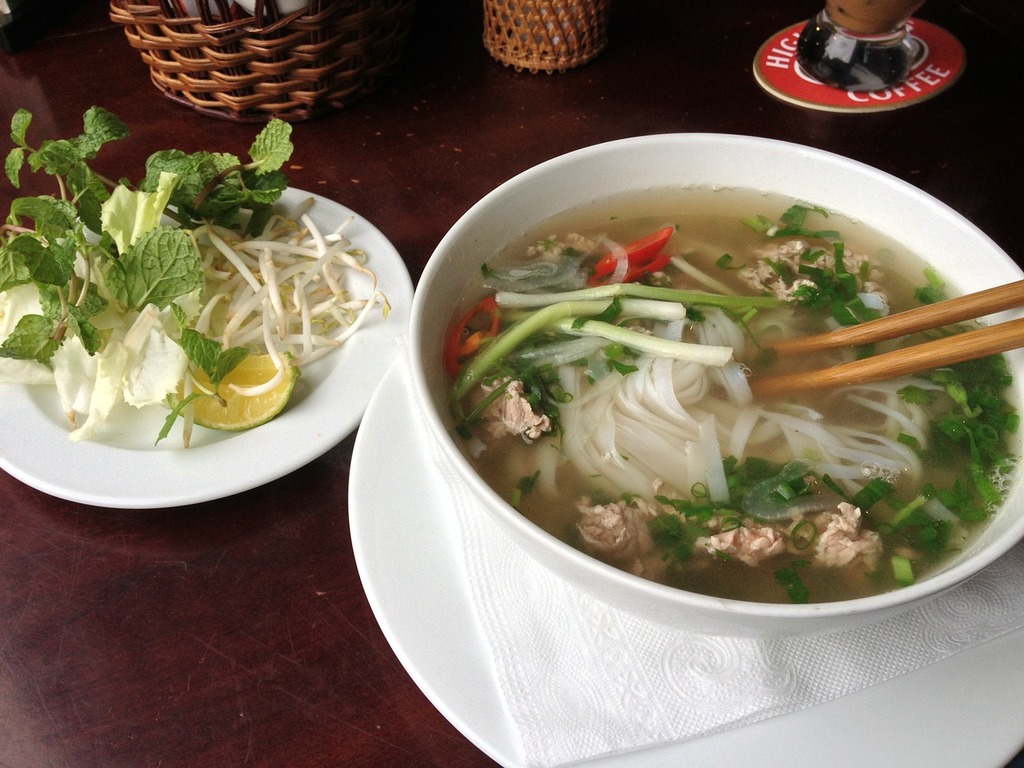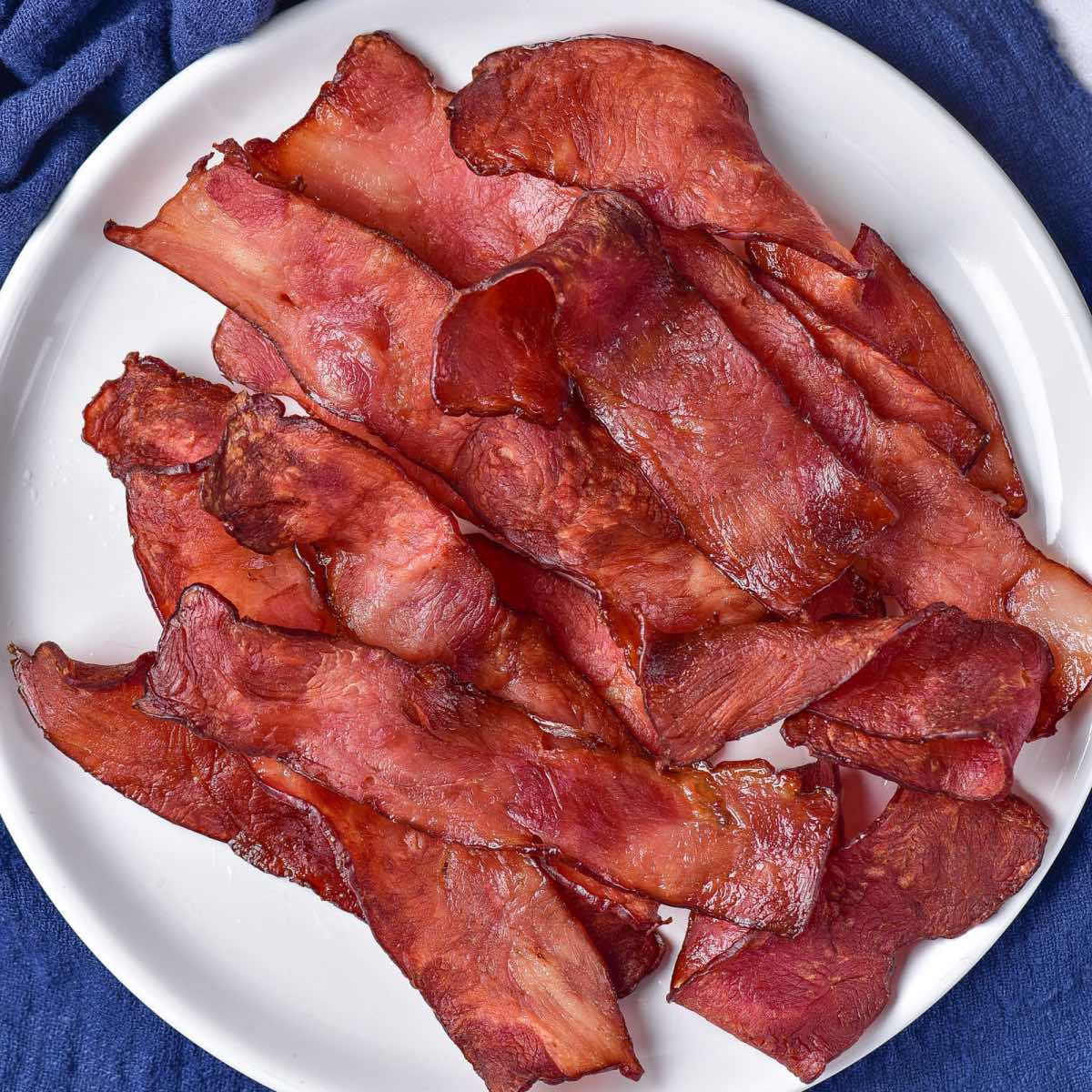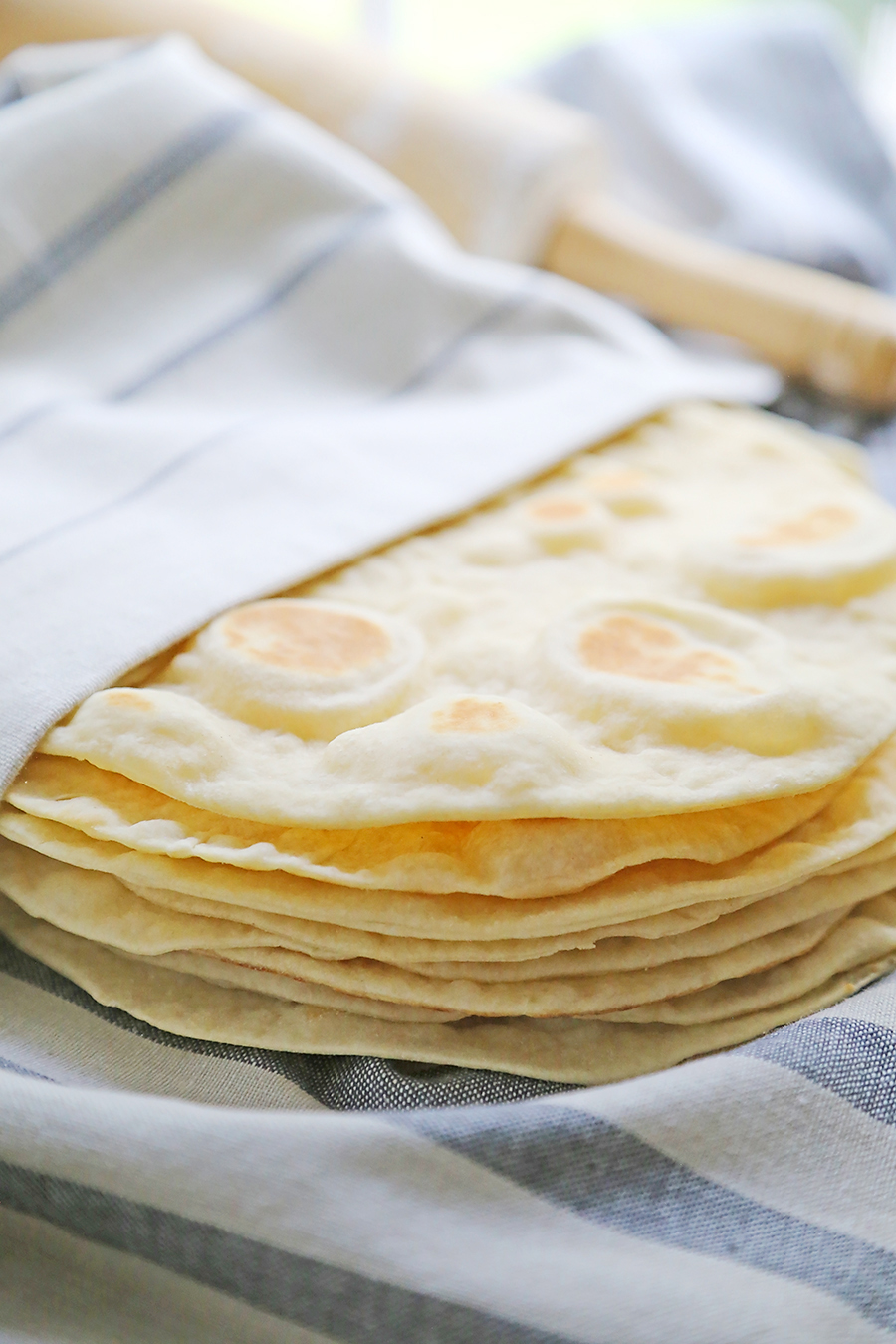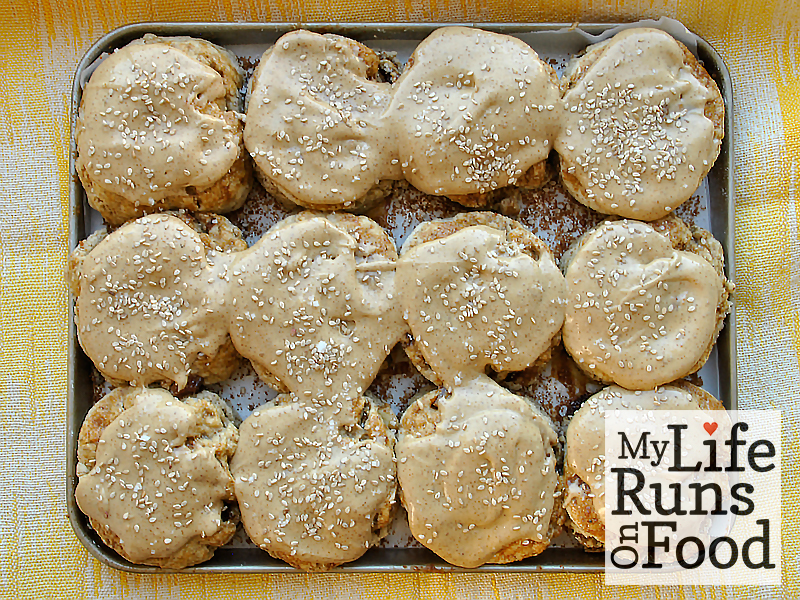
Introduction:
Vietnamese Pho is a delicious and flavorful noodle soup that holds a special place in many people’s hearts. Whether you have tried it before or are curious to try it for the first time, this recipe will guide you through the process of creating this beloved dish in the comfort of your own home. The rich broth, tender noodles, and fresh herbs come together to create a dish that is both comforting and satisfying. Let’s dive into the world of Vietnamese Pho and learn how to make it from scratch!
Origin and History Of This Recipe:
Vietnamese Pho has its roots in Northern Vietnam, where it was traditionally a breakfast staple enjoyed by many. The dish is believed to have been influenced by French colonialism, with the addition of beef and herbs adding layers of flavor to the noodle soup. Today, Pho has become a beloved dish worldwide, known for its fragrant broth and fresh ingredients that create a symphony of flavors with each spoonful.
Ingredients List:
- 1 pound of beef bones
- 2 onions, peeled and halved
- 3-inch piece of ginger, sliced
- 6 cloves of garlic, smashed
- 1 cinnamon stick
- 3 star anise
- 5 whole cloves
- 1 tablespoon of coriander seeds
- 1 tablespoon of salt
- 1 tablespoon of sugar
- 8 cups of water
- 8 ounces of dried rice noodles
- 1 pound of beef sirloin, thinly sliced
- Garnishes: bean sprouts, basil, mint, cilantro, lime wedges, sliced chili peppers
Preparation Steps:
- Preheat your oven to 400°F. Place beef bones, onions, ginger, and garlic on a baking sheet and roast for 30 minutes.
- In a large pot, add roasted bones and vegetables, cinnamon stick, star anise, cloves, coriander seeds, salt, sugar, and water.
- Bring to a boil, then reduce heat and simmer for 1.5 hours, skimming any foam that rises to the surface.
- Cook rice noodles according to package instructions and divide into bowls.
- Add raw beef slices on top of noodles, then ladle hot broth over the beef to cook it.
- Serve hot with garnishes on the side for adding to taste.
Cooking Time & Servings:
Total cooking time: 2 hours
Servings: 4-6
Personal Touch:
Growing up, my grandmother would make Vietnamese Pho for special occasions, infusing the broth with love and tradition. The aroma of the spices filling the house always brings back memories of cozy family dinners around the table. Making Pho has become a cherished tradition in my own household, and I hope this recipe will inspire you to create your own special moments around this classic dish.
Nutritional Information:
One serving of Vietnamese Pho provides approximately 350 calories, 15g of protein, 10g of fat, and 50g of carbohydrates. This dish is rich in vitamins and minerals, with the herbs and spices adding antioxidants and anti-inflammatory properties to the soup.
Health Conditions And People To Avoid This:
Individuals with gluten intolerance should be cautious when consuming Pho as the rice noodles may be cross-contaminated. Those with shellfish allergies should also inquire about the broth ingredients, as some recipes may use shrimp or crab as a base.
Nutrition and Benefits To The Body:
The broth of Vietnamese Pho is rich in collagen, which may support joint health and skin elasticity. The herbs and spices used in the soup offer antioxidants and anti-inflammatory properties that can boost the immune system and reduce inflammation in the body.
Disadvantages:
While Pho is a nutritious and flavorful dish, the high sodium content in the broth may not be suitable for individuals with hypertension or heart conditions. Eating Pho in moderation can help mitigate this risk and enjoy the dish safely.
Tips and Tricks:
- For a vegetarian option, use vegetable broth and tofu instead of beef.
- Customize your Pho with different protein options such as chicken, shrimp, or pork.
- To enhance the flavor of the broth, toast the spices before adding them to the pot.
- Make a large batch of broth and freeze the leftovers for quick and easy meals in the future.
Equipment Needed:
- Baking sheet
- Large pot
- Strainer
- Bowls for serving
- Cutting board and knife
- Ladle
Variations or Substitutions:
- Use zoodles (zucchini noodles) or shirataki noodles for a low-carb option.
- Swap out beef for chicken or tofu for a different protein source.
- Add vegetables like bok choy, mushrooms, or carrots for extra nutrients and flavor.
Serving Suggestions:
Serve Vietnamese Pho with a side of hoisin sauce and Sriracha for additional seasoning. Fresh lime wedges and herbs like basil and cilantro can be squeezed and added to the soup just before serving for an extra burst of flavor.
Storage and Reheating Instructions:
Leftover Pho can be stored in an airtight container in the refrigerator for up to 3 days. To reheat, place soup in a pot on the stove over low heat until warmed through, being careful not to overcook the noodles or beef.
Conclusion:
Creating Vietnamese Pho at home is a rewarding experience that brings the flavors of Vietnam into your kitchen. Whether you are a seasoned chef or a beginner in the kitchen, this recipe is sure to impress and delight your taste buds. Share your creations with loved ones and savor the savory goodness of homemade Pho!
Frequently Asked Questions (FAQs):
Q: Can I use chicken instead of beef in Vietnamese Pho?
A: Yes, chicken can be substituted for beef in this recipe. Simply swap out the beef bones and beef sirloin for chicken bones and sliced chicken breast or thighs.
Q: How can I make a vegetarian version of Vietnamese Pho?
A: To make a vegetarian Pho, use vegetable broth as the base and tofu or seitan strips in place of beef. You can also add more vegetables like mushrooms and bok choy for added flavor and nutrition.
Q: Is it necessary to roast the beef bones and vegetables before making the broth?
A: Roasting the beef bones and vegetables adds depth of flavor to the broth, but it is not necessary. If you are pressed for time, you can skip this step and still achieve a delicious Pho broth.
Q: Can I make a large batch of Pho broth and freeze it for later use?
A: Yes, Pho broth freezes well and can be stored in an airtight container in the freezer for up to 3 months. Thaw overnight in the refrigerator before reheating.
Q: Are there any alternative toppings or garnishes I can use for Vietnamese Pho?
A: In addition to the traditional garnishes, you can also add sliced mushrooms, jalapenos, or bamboo shoots to your Pho for a different twist on the classic dish.
Q: Can I customize the spice level of Vietnamese Pho to suit my taste preferences?
A: Absolutely! Adjust the amount of chili peppers or Sriracha sauce added to your Pho to make it as mild or spicy as you like. Experiment with different levels of heat until you find the perfect balance for your palate.




















